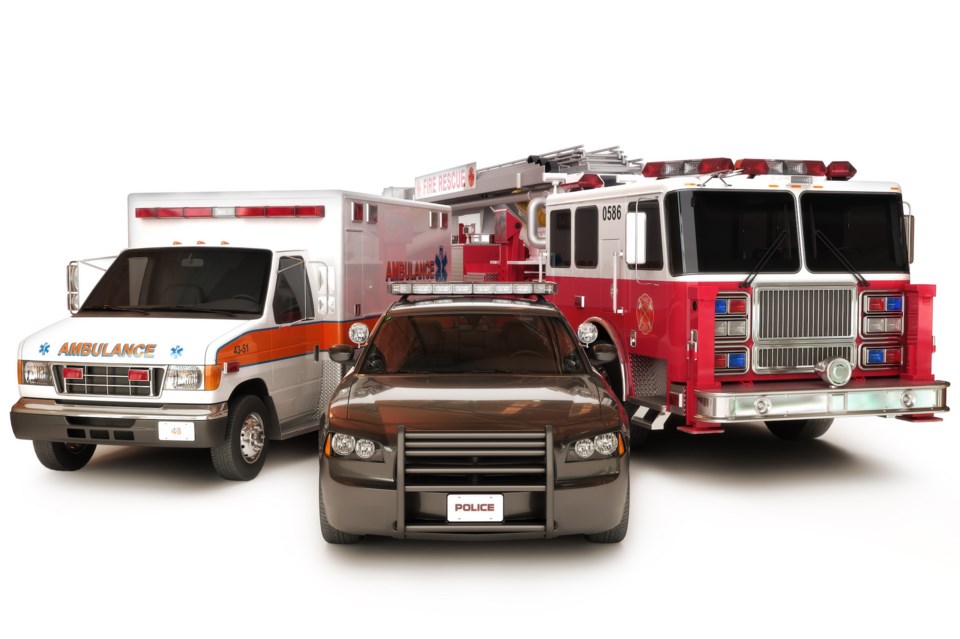Barrie and Simcoe County will be assessing a plan for an $86-million first responders’ campus in May or June, Mayor Jeff Lehman says.
In the fall of 2013, city council discussed buying a site for the campus that would include not only the Barrie Police Services’ headquarters, but possibly also an ambulance hub and a fire and emergency services station.
The real estate negotiations, however, failed, but there are new talks with the county and the city and facilitated by Chandos, an Alberta-based company that specializes in integrated project delivery.
Work between the city and county began in early 2015.
Last fall, the city issued a call for proposals to lead the project and selected Chandos from five respondents.
Since then, Barrie Police, the Simcoe County Paramedic Services, and Barrie Fire and Emergency Services have all been working with city and county officials, as well as a general contractor, architects and engineers to create a project design that is to come in at or under the $86-million cost Barrie has been projecting.
“This is way more up-front planning. There’s an ounce of prevention and more innovation,” said Lehman, an economist by profession.
“We’re told all the time ‘Why do city projects take so long and why are they always over budget?’”
In an effort to get the project moving – especially for the police who have been saying they need a new headquarters since 2008 – Barrie looked to do things differently, as it awarded the integrated delivery contract last year.
The partners are now in the final stages for a site.
Lehman wouldn’t say where the location would be, other than it is on industrial land, which is less expensive and a category of land in which larger sites are available.
The police board’s preferred area has been along Big Bay Road, which is geographically central now that the city has expanded south.
Should city and Simcoe County councils approve the validation study, which integrates all the participants’ needs and determines an upper-limit cost, in May or June, the project would then move into design and construction.
“It reduces the squabbling for scope and money and the fights that occur later on,” said Lehman, who was initially skeptical of the approach.
Chandos’ Markku Allison said at the beginning, all the partners sign on to a contract that includes time and staff commitments.
It also creates a “best for project” atmosphere, said Simcoe County’s procurement, fleet and property director Dawn Hipwell, in which participants are “incentivized” to do the best for the project, not for their role or their own piece of it.
She agreed in the traditional design and build process, territorial squabbles occur.
“There are combative relationships that develop over time,” she said. “Inevitably, someone tries to lay the blame on someone who is responsible for the cost increase.”
When everyone gets together and a question emerges, she explained, everyone hears the answer and can ask follow-up questions, she explained, rather than going through an email chain about a possible design change and its implications.
“We can do that, because we have hundreds of years of experience in the room,” agreed Allison, who facilitates the “big room” discussions.
“Rather than going through carefully worded emails, (the solution) is a little sketch on the back of a napkin.”



